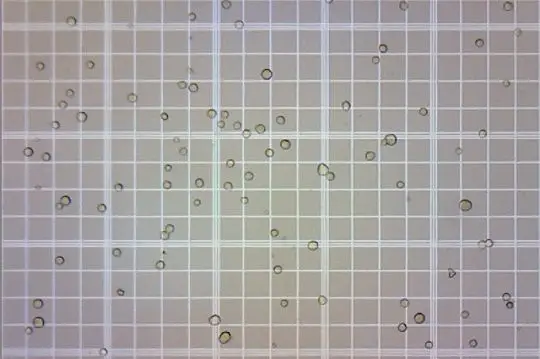Microscopes are the instruments used to view minute objects.
These objects can be microorganisms, tissues or living cells, etc.
There are different types of microscopes like the simple, complex, electron microscope, etc.
And these microscopes are used mostly in research or disease diagnosis every day by scientists and healthcare personnel.
But let us see these uses in detail.
Why Do Scientists Use Microscopes
1. For Identification of bacteria.

- There are many types of bacteria based on shape, colony characters, structure, etc.
- Bacterial identification is necessary in case of diagnosis of infection by bacteria, in rDNA technology to isolate desired bacteria, in bacterial cultures, etc.
- By using a compound microscope, bacterial colonies can be identified and separated for further use over agar gel plates.
- Even commercial bacteria are sold by a few companies and government labs.
- So on receiving them, using a microscope, one can ascertain them correctly.
2. Study of tissue and cells
- Human cells and tissues and tissues of other organisms can be studied by using a compound microscope.
- The arrangement of cells and their color can be identified.
- This is also done for plant tissue staining and observation for the longitudinal or transverse section.
3. Histology, staining, and identification

- Animals or other tissues are stained to check the variation due to disease or other exposures.
- This staining is done by simple stains or by using antibodies.
- Once the staining is done, the slide is mounted under a microscope to identify the damage or changes in the tissue.
- This is a genuine verification technique in research for any tissue changes due to experimentation.
4. Study of the protozoa
- Protozoa characters like their shape and the presence of particular organs like flagella and cilium can be found by using a microscope.
5. Study of bacterial characters
- Bacterial characteristics like colony structure, mobility, etc., can be seen under the microscope.
6. To examine disorders like anemia, sickle cell anemia, etc.

- Blood cells like RBC are mostly red and circular with specific sizes. But in anemia, their color, size, and shape vary.
- In the case of sickle cell anemia, their shape is like a sickle and can be identified under a microscope to ascertain the disease.
- By microscopy, the lab technician can identify the type of anemia from the blood sample.
7. For Hemoctometry
This is a process of counting a specific type of blood cells from a blood sample during clinical diagnosis.


- Scientifically, the number of Red blood cells, white blood cells, and platelets in the blood is expressed as the number of cells in a cubic milliliter of blood.
- This number varies from person to person based on age, gender and disease condition, etc.
- Especially during disease, the number of blood cells is counted by using specialized hemocytometers.
- These glass slides have rulings and squares onto which the blood sample is loaded.
- Then the number of cells per square is measured, and formulas determine the whole blood cell count.
8. Identification of components
- When two or more components are present in the same sample, we can stain the sample and observe it under the microscope.
- For example, the seed of Nux vomica has two essential components, strychnine and brucine; these two are distributed in different regions of the seed.
- For identification, the seed is cut into slices and then stained.
- The stained slides, when observed under a microscope, show where the components are distributed in the seed.
9. Particle size determination
- Particle size and characters play an important role in the flow properties of powders and other materials.
- The particle size analysis is done by using microscopes.
10. Crystal and other structural analysis
- In the case of the study of crystals and other materials made by research, the internal structure and particle arrangement are studied by using an electron microscope.
- This helps them get a 3D view of the substance. This also gives an idea of the strength of the substance, its texture, smoothness, durability, etc.
- They are widely used in ceramic technology to determine the particle size and arrangement of materials.